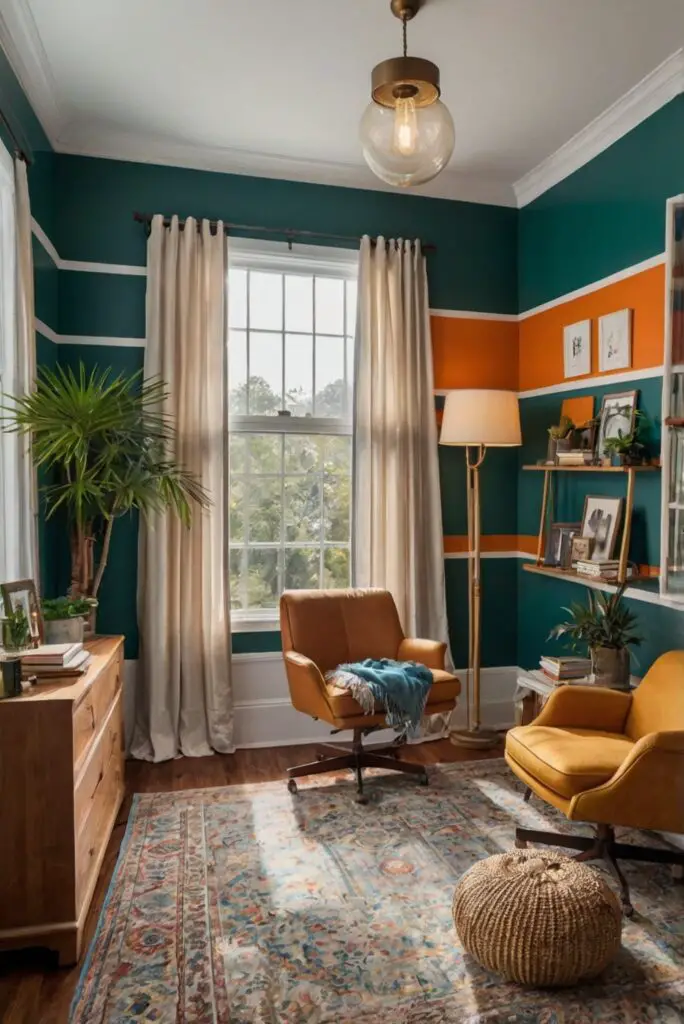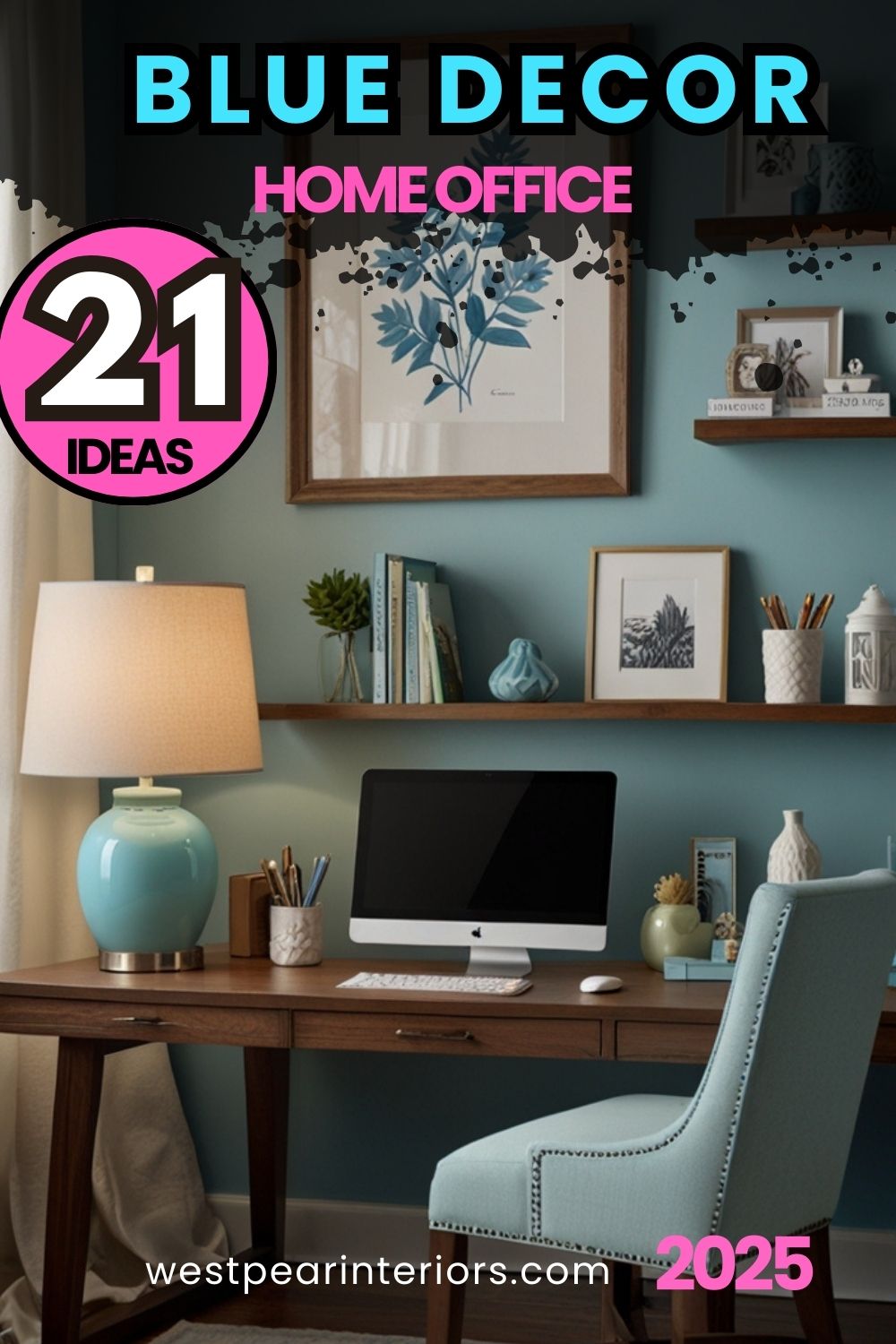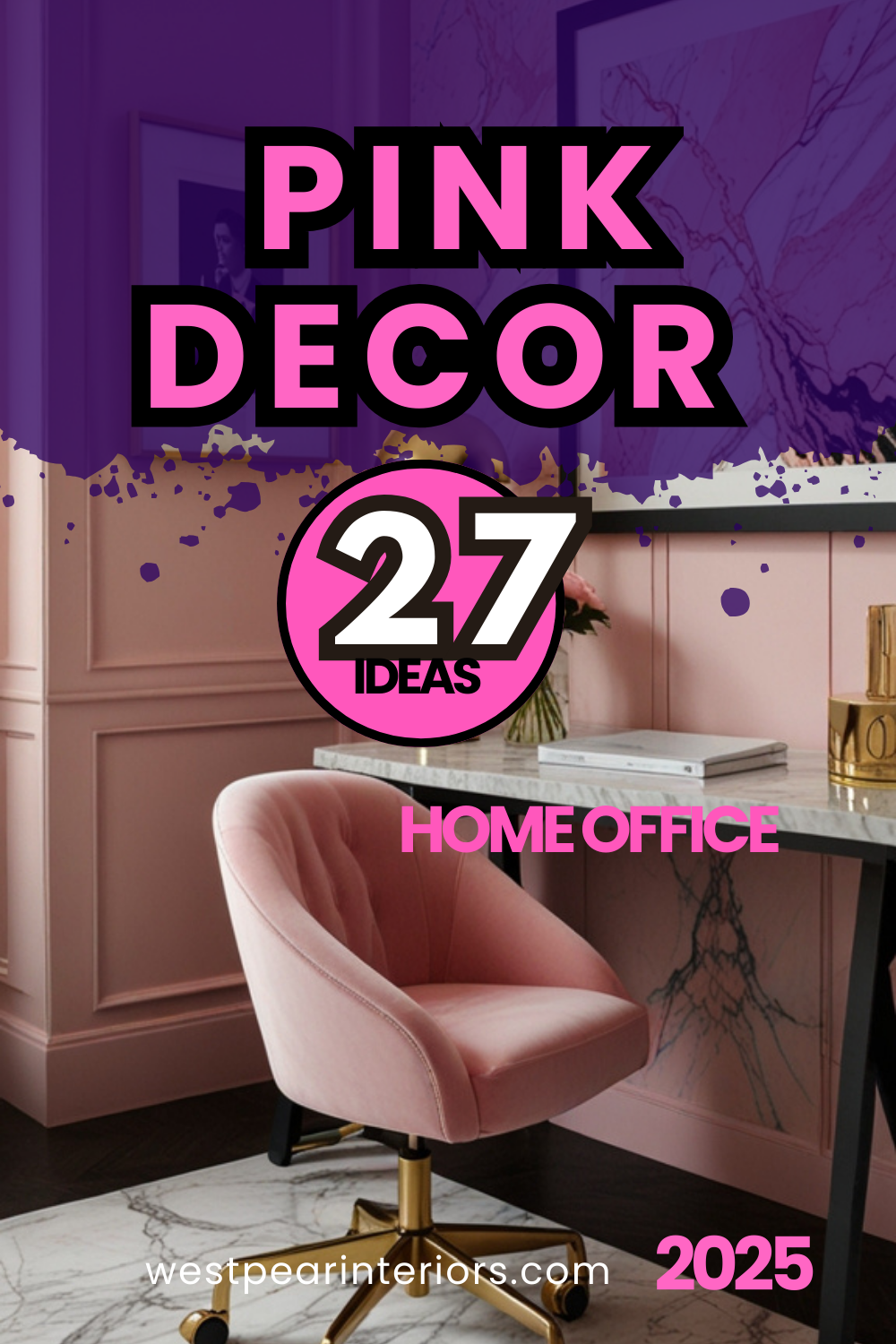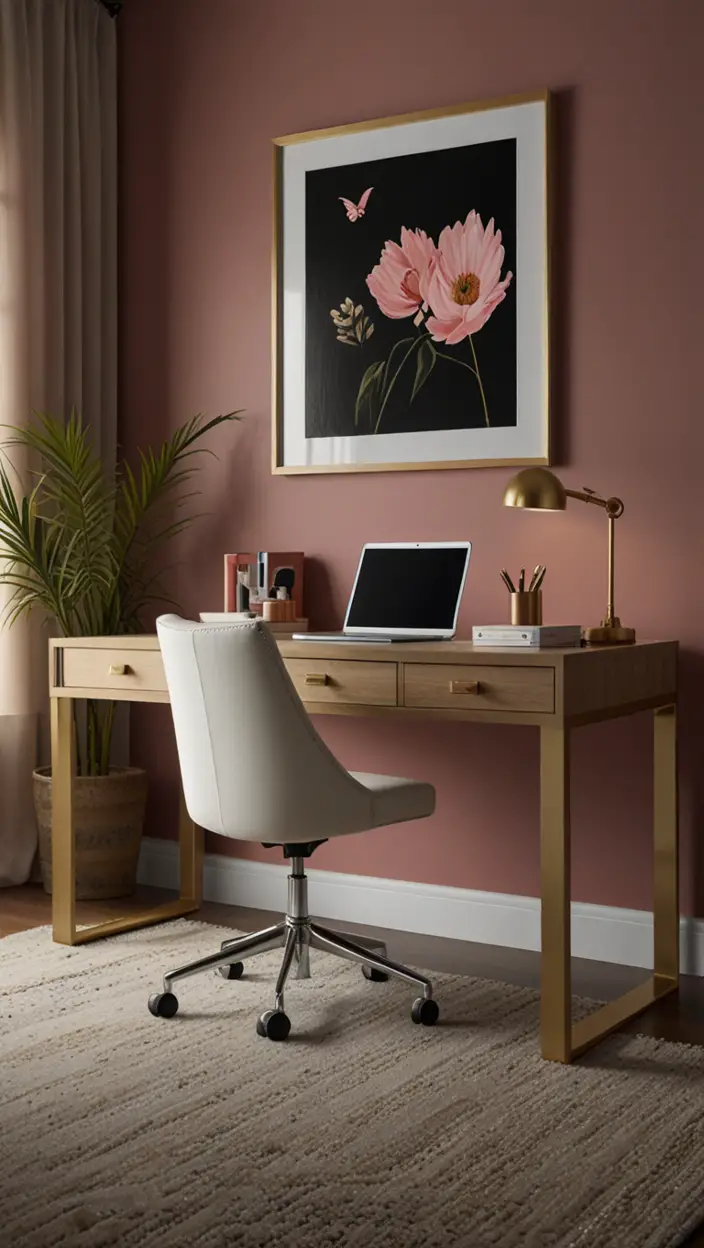Discover how color blocking can transform your home office into a vibrant space that boosts productivity and creativity. Explore unique ideas and tips for a stylish workspace.
Color blocking in a home office is a great way to add personality and style to the space. One popular method is to use contrasting colors on walls and furniture to create a bold statement. For example, pairing a navy accent wall with a white desk and shelf can add a modern touch. Another approach is to use complementary colors to create a cohesive look. For instance, combining shades of blue and green can create a calming and harmonious atmosphere. To ensure a balanced design, it’s important to consider the natural light in the room and choose colors that complement each other. In terms of organization, using color blocking can help define different zones within the office, such as the work area and a relaxation corner. By incorporating color blocking into space planning, the home office can become a stylish and functional environment.
How can I effectively incorporate color blocking in my home office decor?
Color blocking can be a powerful design technique when used in home office decor. To effectively incorporate color blocking in your home office, start by selecting a color palette that includes a few complementary colors. Determine which colors you want to feature prominently and which ones will be used as accents. Consider the mood you want to create in your workspace – for example, calming blues or energizing yellows. When implementing color blocking, use the chosen colors strategically in different areas of the room. You can paint sections of the walls, use different colored furniture pieces, incorporate colorful rugs or curtains, and add decorative accessories in the selected colors. Balance is key, so make sure the colors are distributed evenly throughout the space to create a harmonious and visually appealing environment.
What are some popular color combinations for color blocking in a home office?
My Lovely Spring Paint for 2025
Ready for a Spring Makeover? Explore the Freshest 2025 Paint Trends!
White Sage/Green SW Pistachio green Soft blue Honeysweet/Orange Pink Sugar Sage Tint BMAs an Amazon Associate, I may earn a commission from qualifying purchases at no extra cost to you.
Some popular color combinations for color blocking in a home office include:
– Navy blue and white for a classic and sophisticated look.
– Grey, yellow, and white for a modern and cheerful feel.
– Black, white, and pops of red for a bold and dramatic statement.
– Teal and coral for a vibrant and energetic atmosphere.
– Pastel shades like mint green, blush pink, and light grey for a soft and calming vibe.
Experiment with different combinations to find the one that suits your style and preferences the best.
Can I use color blocking techniques to create a visually appealing workspace?
Yes, color blocking techniques can definitely help in creating a visually appealing workspace. By strategically using contrasting or complementary colors in different areas of your home office, you can draw attention to specific elements, highlight architectural features, and create a sense of balance and harmony. Bold color choices can add personality and flair to your workspace, making it a more inspiring and enjoyable place to work in. Just remember to keep the overall aesthetic in mind and ensure that the colors you choose complement each other and the existing decor in the room.
What is the best way to choose colors for color blocking in a home office?
When choosing colors for color blocking in a home office, consider the following tips:
1. Start with a base color that you love and build your palette around it.
2. Take into account the natural light in the room and how it will affect the colors.
3. Keep in mind the size of the room – dark colors can make a small space feel even smaller.
4. Test out paint samples on the walls before committing to a color scheme.
5. Use color theory to create a cohesive and harmonious palette – consider complementary, analogous, or monochromatic color schemes.
6. Don’t be afraid to experiment with bold colors, but make sure they work well together and with the overall design of your home office.
How can I ensure that the color blocking in my home office is cohesive with the overall room decor?
My fAV Spring DECOR for 2025
Discover Spring’s Best 2025 Decor Combinations – Perfect for Any Room!
Oversized Indoor Plants White Curved Sofas Rugs BOH Brown Cream Moroccan Hype Boho Rug Outdoor Patio Furniture Sets Topfinel Pillow CoversAs an Amazon Associate, I may earn a commission from qualifying purchases at no extra cost to you.
To ensure that the color blocking in your home office is cohesive with the overall room decor, follow these guidelines:
– Consider the existing color scheme of the room and choose colors that complement or contrast in a harmonious way.
– Use the 60-30-10 rule: 60% of a dominant color, 30% of a secondary color, and 10% of an accent color for a balanced look.
– Coordinate your color blocking choices with the furniture, accessories, and other decorative elements in the room.
– Maintain consistency in the style and mood of the workspace – make sure the chosen colors align with the desired atmosphere.
– Use color blocking strategically to highlight key areas or features in the room while maintaining a sense of unity and flow.
What alternative options can I consider if I want to add color to my home office without using paint?
If you’re looking to add color to your home office without using paint, consider the following alternatives:
– Colorful furniture pieces like chairs, desks, or shelving units can instantly brighten up the space.
– Vibrant rugs or carpets can add pops of color and texture to the room.
– Decorative throw pillows, blankets, or curtains in bold hues can make a statement without the need for painting.
– Artwork or wall prints featuring colorful designs can bring life to the walls.
– Plants and greenery can introduce a natural touch of color to the space while promoting a sense of well-being.
– Colorful desk accessories like organizers, stationery, or desk lamps can add a personalized and fun touch to your workspace.
How can I maintain a sense of organization while incorporating color blocking in my home office design?
To maintain a sense of organization while incorporating color blocking in your home office design, consider the following strategies:
– Use color blocking to designate different zones or areas within the workspace – for example, a specific color for the work area, another color for storage, and a different color for relaxation.
– Invest in storage solutions that complement the color blocking scheme – colorful bins, baskets, or cabinets can not only keep things organized but also add to the visual appeal of the room.
– Label or color-code items in your office to make it easier to find what you need quickly.
– Keep the overall layout and furniture arrangement simple and functional to prevent visual clutter and maintain a sense of balance.
– Regularly declutter and organize your workspace to ensure that the color blocking remains a design element and doesn’t become overwhelming or distracting.
Key Takeaways:
– Start by selecting a complementary color palette and strategically use colors in different areas of the room.
– Experiment with popular color combinations but ensure they match your style and preferences.
– Use color blocking techniques to create a visually appealing and inspiring workspace.
– Follow tips for choosing colors, ensuring cohesiveness with the overall room decor.
– Explore alternative options like colorful furniture, rugs, or accessories to add color without paint.
– Maintain organization by using color blocking to designate zones and invest in storage solutions.
– Regular decluttering and organization are key to balancing color blocking with functionality in a home office design.






